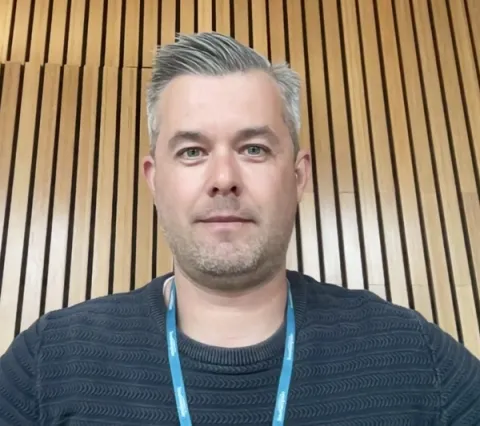Project overview
There is still much to understand about how cells incorporate extrinsic force into phenotypic plasticity and stability during morphogenesis and homeostasis respectively. This project will dissect an apparent tissue mechano-rheostat that protects coordinated biological programmes from anisotropic forces. This is relevant to most tissue types.
The hypothesis is that the primary cilium acts as a "mechano-dampener" to integrate unequal forces and growth factor signals.
The coordinated formation of bone, during endochondral ossification, shapes our skeleton to build a fit-for-purpose frame for locomotion. The transition of cartilage to bone, chondrocyte to osteoblast is critical to these morphogenetic events, regulation of this transition and resilience of chondrocyte phenotype is pertinent to long-life musculoskeletal health. We have identified that the gene IFT88, canonically associated with the primary cilium, safeguards articular cartilage health and protects cartilage transitions in the growth plate in the adolescent limb. Deletion of ciliary IFT88 in cartilage in the juvenile mouse results in a failure of ossification in the peripheral limb growth plate. This effect is mimicked by increasing loading through the limb in normal mice. The effect of IFT88 deletion is inhibited when the limb is immobilised, which implicates IFT88 in mechano-regulated morphogenesis in vivo. Deletion of IFT88 and increases in loading, uncouple phenotypic switching, which impairs chondro-osseous transdifferentiation.
Using a combination of in vivo experiments in the mouse and a developmental engineering approach in vitro this programme will explore the following.
1. The mechanoregulation of cartilage-bone phenotypic plasticity
2. The role of primary cilia integrating force and growth factor signalling
3. The exploitation of a developmental engineering model of chondro-osseous mechanobiology.
The hypothesis is that the primary cilium acts as a "mechano-dampener" to integrate unequal forces and growth factor signals.
The coordinated formation of bone, during endochondral ossification, shapes our skeleton to build a fit-for-purpose frame for locomotion. The transition of cartilage to bone, chondrocyte to osteoblast is critical to these morphogenetic events, regulation of this transition and resilience of chondrocyte phenotype is pertinent to long-life musculoskeletal health. We have identified that the gene IFT88, canonically associated with the primary cilium, safeguards articular cartilage health and protects cartilage transitions in the growth plate in the adolescent limb. Deletion of ciliary IFT88 in cartilage in the juvenile mouse results in a failure of ossification in the peripheral limb growth plate. This effect is mimicked by increasing loading through the limb in normal mice. The effect of IFT88 deletion is inhibited when the limb is immobilised, which implicates IFT88 in mechano-regulated morphogenesis in vivo. Deletion of IFT88 and increases in loading, uncouple phenotypic switching, which impairs chondro-osseous transdifferentiation.
Using a combination of in vivo experiments in the mouse and a developmental engineering approach in vitro this programme will explore the following.
1. The mechanoregulation of cartilage-bone phenotypic plasticity
2. The role of primary cilia integrating force and growth factor signalling
3. The exploitation of a developmental engineering model of chondro-osseous mechanobiology.
